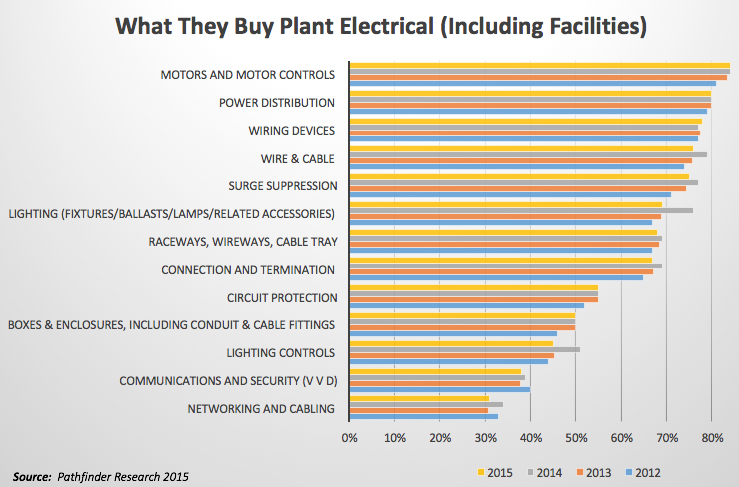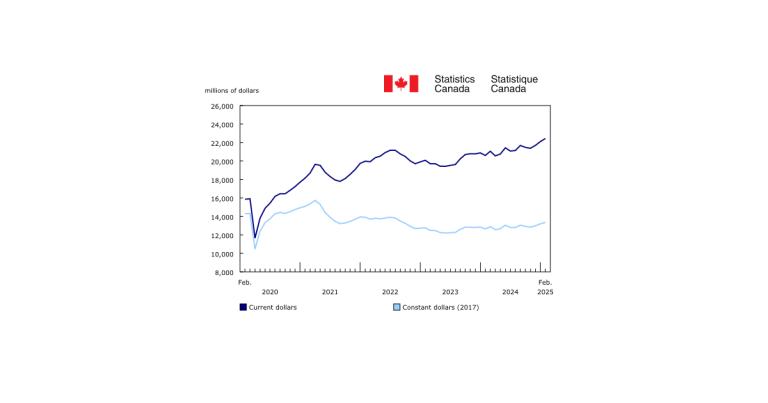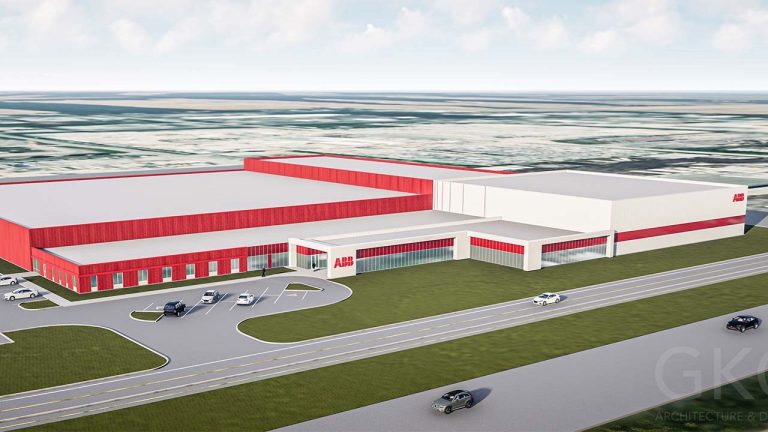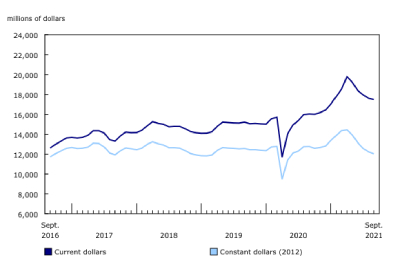What You Need to Know About Moving to 100G and 400G Technologies
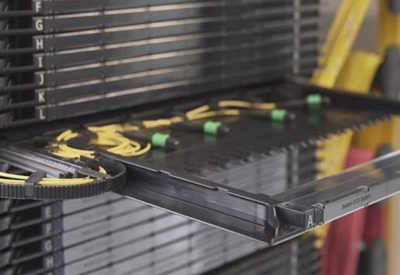
Mar 9, 2020
By Benoit Chevarie
Today’s data centres need to be fast, dense, scalable, cost effective and energy efficient. The push to handle high data volume and data rates is skyrocketing as Internet traffic inside data centres grows. According to IDC, data creation has doubled every two years since 2005.
For these reasons, data centre speeds are transitioning from 40G to 100G and emerging 400G technologies.
Fibre is becoming the go-to for data centre architecture because it offers greater bandwidth and error-free transmission over longer distances and is immune to noise (EMI/RFI). Its smaller size and weight (as compared to copper cables) require less space in cable trays, raised floors and racks, allowing for maximized usage of space inside the data centre.
Fibre cabling is the only network infrastructure solution that supports these data rates; therefore, the equipment responsible for transporting and carrying signals will rely on fibre. Are you prepared to manage more fibre connections?
6 features to look for in an optical distribution frame
As the number of fibre connections increases to support new initiatives like 5G, IoT, IP migration, 4K content, and the shift to emerging 400G technology, optical distribution frames (ODFs) offer high-density fibre cable management in a compact amount of space.
But many of today’s ODFs lack user-friendly features and the ability to support quick, easy scaling — a feature that’s more important than ever in today’s connected environment where Fibre connections continue to increase.
If an ODF investment is in your future, there are six features you should look for to maximize and futureproof your fibre infrastructure.
1. High termination density for maximum space usage
By nature, optical distribution frames are designed to support large numbers of fibre connections. But there are differences between systems.
When you select an ODF that supports as many fibre terminations as possible per cabinet, you make the best use of valuable real estate and reduce the number of cabinets you may need in order to support emerging technology in the future.
By packing more connections into a smaller amount of space, you can decrease operating costs as well. Just make sure that, whichever ODF you select, you don’t compromise in other areas to get the density level you need.
2. Complete fibre protection for signal integrity
Look for an ODF that protects cables and patch cords with features like articulated cable management trays and slack management to prevent damage and pinch points.
An optical distribution frame that controls the bend radius of incoming and outgoing cables prevents them from being bent or crushed — and avoids performance issues as a result.
From the time a fibre cable enters the cabinet, it should be routed and protected until the patch cord exits the other side. This level of protection helps maintain signal integrity for high performance and effective transmission.
3. Easy access to cables and patch cords for faster moves, adds and changes
Moveable, pull-out trays can provide easy access to the optical distribution frame, patch cords and cassette backs. Invest in a system that protects cables when trays are pulled out and provides clearance around each connector so fingers can easily grasp it for easy connection/disconnection. This makes moves, adds and changes (MACs) faster and smoother.

Port-level labeling should be done right next to each port, decreasing the potential for human error and connection issues by making it easy to see whether the right cord is being connected and disconnected.
Also, in order to support a clean install that is easy to manage, an optical distribution frame should be able to use one patch cord length to connect from one port to any other port within the cabinet. (This has the additional advantage of making the BOM and ODF design simpler as well!)
4. The ability to support emerging technologies
It is important that the selected ODF allow migration from Base-12 to Base-8, Base-16 and even Base-24 connectivity in the future without requiring significant capital expenses.
If a data centre begins migration to 40G or 100G and needs to install Base-8 equipment, for example, the system should allow this to be done alongside Base-12 equipment without losing any real estate. Cassettes should be able to be mixed and matched without losing density or requiring a change to the housing infrastructure.
5. Supports various termination methods for reduced costs
The ODF should handle multiple Fibre configurations including pre-terminated trunk cables (using MPO, LC or SC connectors), or for field termination using either splice-on connectors or pigtails. These various options should be as simple to integrate as choosing the right cassette or adapter frame for the project, and the choice should have no impact on the connection density in the system when the same connector type is being compared.
6. System scalability to support emerging technology
An ODF system that takes a modular approach to expansion makes it simple to add cabinets as fibre connections increase.
This allows you to begin by building your cross connect in a single cabinet. As the installation expands to involve a higher number of connections, more cabinets can be easily added when needed.
ODFs that can be deployed in different configurations – stacked back to back or side to side, for example — allow you to grow in whichever way it works best, given space constraints.
Belden’s new ODF solution: DCX
Manage high numbers of fibre connections and add to fibre density without compromising on ease of use with Belden’s new DCX optical distribution frame. It optimizes the ROI of your fibre infrastructure, offering lower total cost of ownership in terms of capital and operating expenses.
Designed to easily handle extreme high densities, DCX supports nearly unlimited numbers of fibre connections for unrestricted growth potential and maximum ROI. It offers the highest density available in today’s marketplace: 55% higher than other systems if you compare number of terminations per square foot (9,216 fibre terminations in six square feet).
 As fibre connections increase, DCX’s modular frames act as building blocks so you can easily add or subtract as needed. DCX also offers:
As fibre connections increase, DCX’s modular frames act as building blocks so you can easily add or subtract as needed. DCX also offers:
• easy patch cord access via pull-out trays and clearance around each connector
• Ccble and patch cord protection through articulated cable management trays and slack management to prevent cable damage or pinch points
• front-access design that allows for multiple configurations and facilitates scalability while optimizing square footage use
• flippable modular cassettes, which offer easy Fibre polarity management that maintains port numbering sequences
Want to learn more about DCX? Visit www.belden.com/DCX for details.
Benoit Chevarie is responsible for the growth and profitability of Belden copper and fibre connectivity products. He maintains a solid knowledge base amongst Belden’s sales forces, as well as maintaining competitive pricing strategies and keeping a rich but lean product line that corresponds to a dynamic market demand. He was also certified in 2016 as a Project Management Professional (PMP).



